The Japandi decoration, the alliance between scandinavian and japanese style
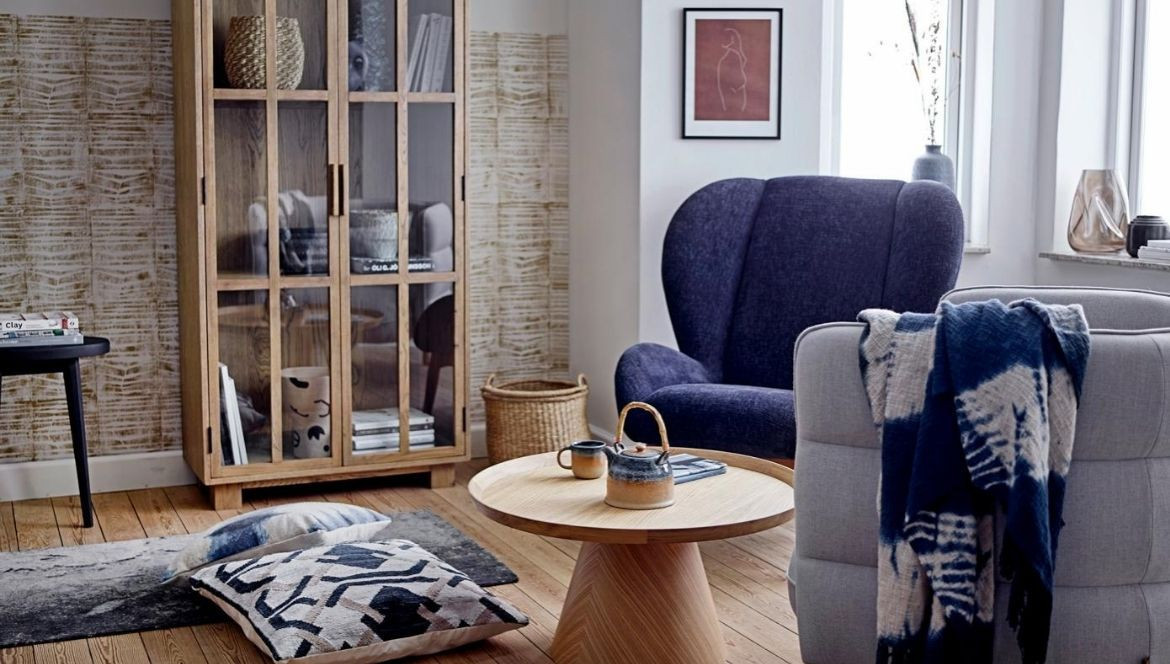
The Japandi style is the fusion of a union between the Scandinavian and Japanese styles. It draws inspiration from the Nordic hygge trend for its warm atmosphere and Japanese minimalist for its simplicity. Although the term Japandi first came to prominence in 2016 at the Milan Furniture Fair, there have been deep and ancient ties between Denmark and Japan since the signing of the Treaty of Friendship, Commerce and Navigation in 1867. In search of inspiration, these two design and architecture loving countries have never ceased to inspire each other, mixing two different cultures at the heart of interior design. The editors reveal the secrets of this trend combining aestheticism and minimalism.
A philosophy between Hygge and Wabi-Sabi
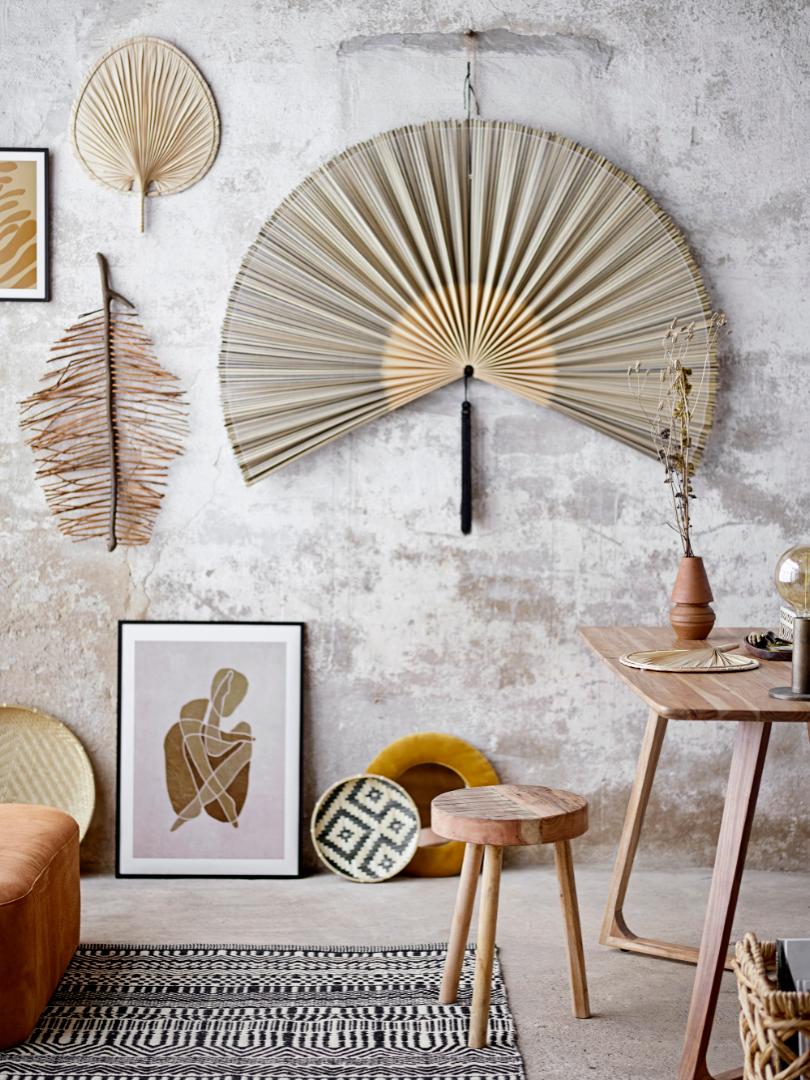
Much more than a trend, hygge is a true Danish art of living that refers to the quest for well-being and a joyful mood. In interior design, it is the symbol of a welcoming, comfortable and warm environment that must protect from the rigors of winter. For its part, the Japanese expression Wabi-Sabi designates a principle derived from Buddhism that embodies modesty in the face of the forces of nature and the beauty of imperfect and impermanent things. It is both a disposition of the soul and an aesthetic concept that advocates the beauty of modest and humble things.
Craftsmanship at the heart of the "Sabi" spirit
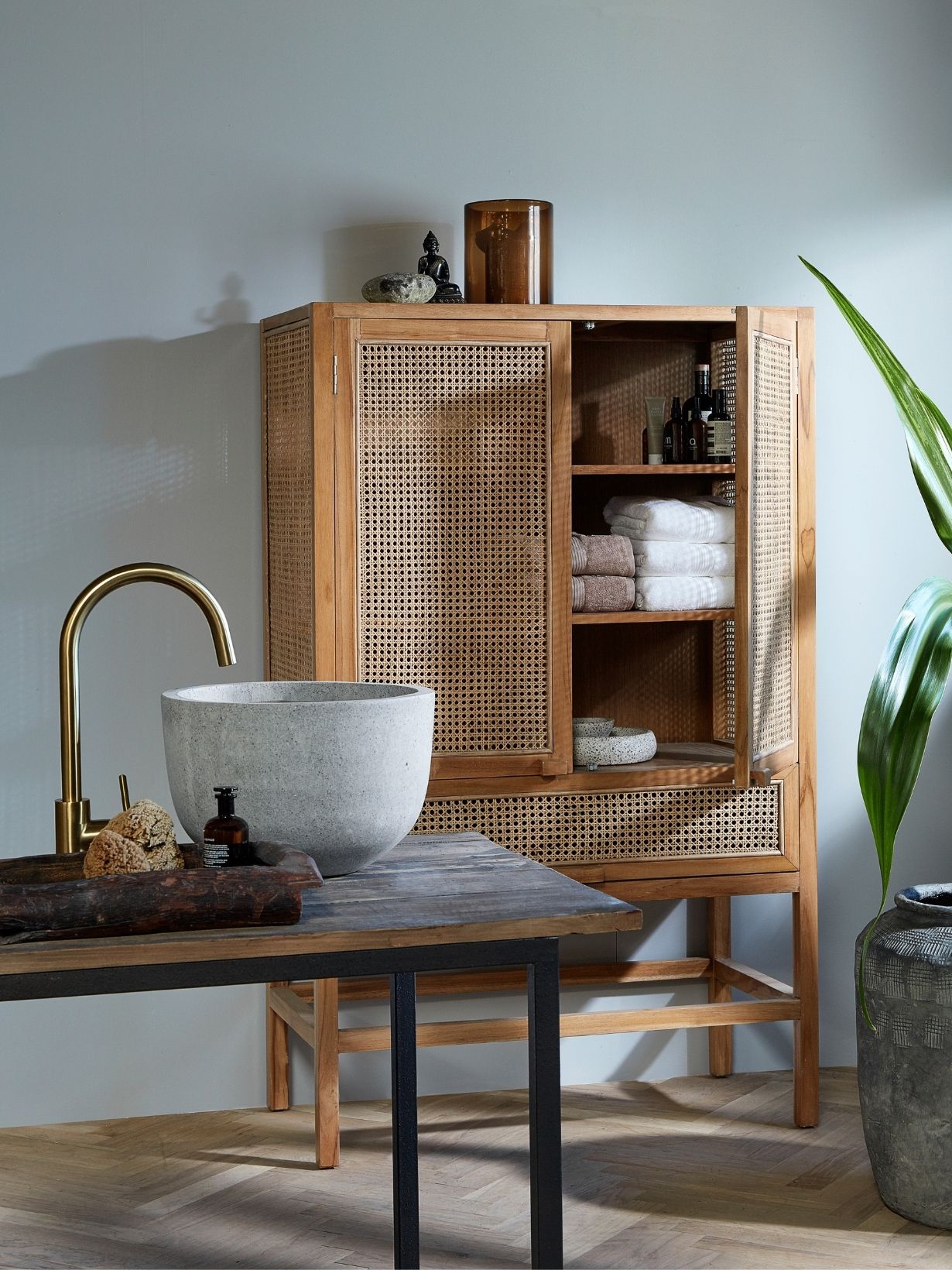
The expression "Sabi" refers to the alteration of ageing things by time and decrepitude. It refers to the feeling we have when faced with things shaped by the work of time and men. Stemming from this trend, the Japandi trend gives pride of place to crafts such as pottery and ceramics whose imperfections and patina of time will bring personality to your interior.
Functional elements at the expense of the superfluous
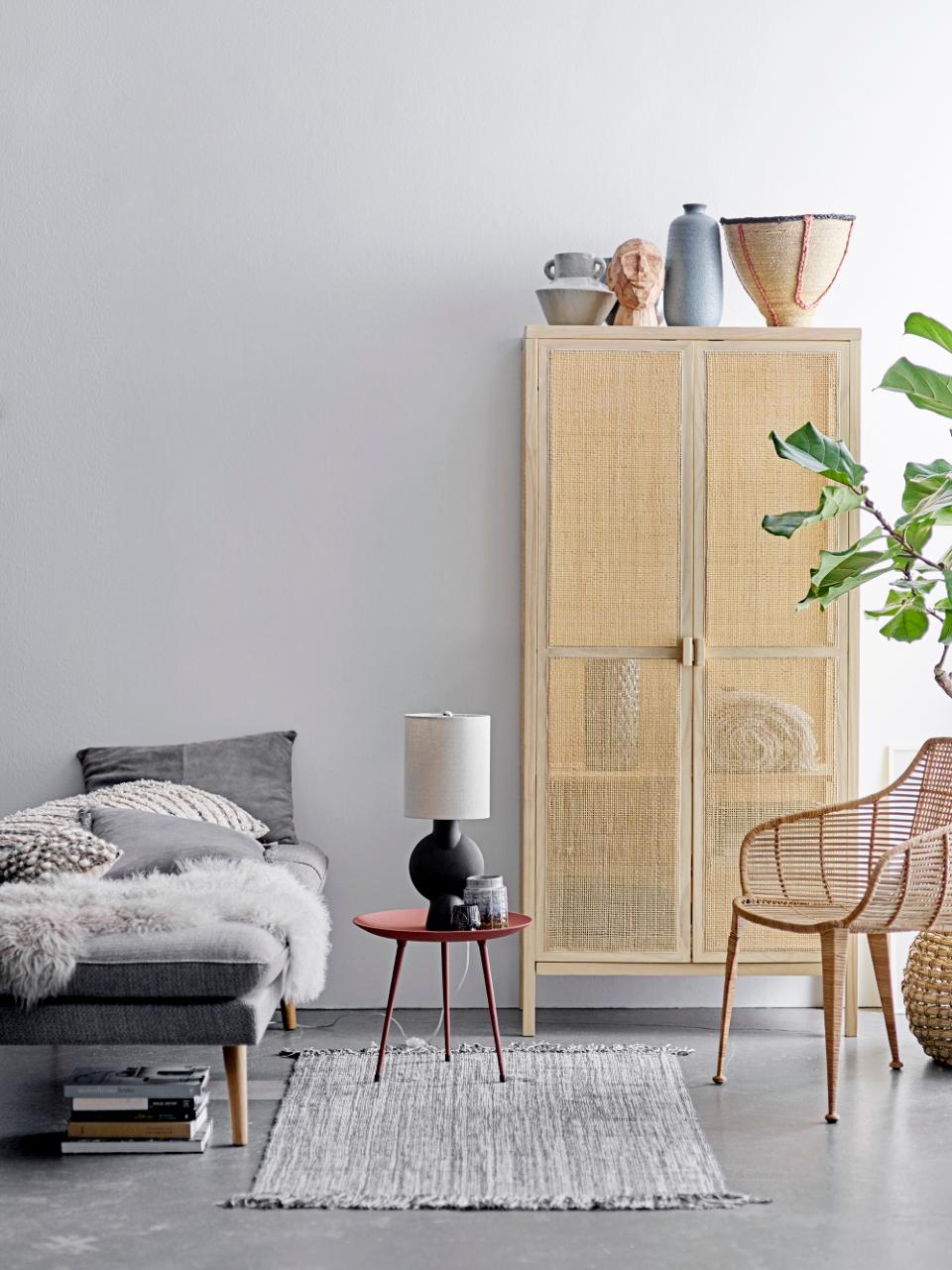
The Japandi trend advocates minimalist and pure lines. It is also important to avoid the accumulation of unnecessary things. If minimalism appeared in the 60s, it has returned to the taste of the day since the release in 2010 of the book by Marie Kondo "The Magic of Tidying" which was a worldwide success. The concept? The one summarized in the maxim of the famous Viennese architect Mies van der Rohe "Less is more". That is to say, you have to live with less furniture to avoid accumulation and above all to privilege functionality to the detriment of superfluity. Simplicity and sobriety are therefore the two watchwords of Japandi decoration!
Soft and pastel colors
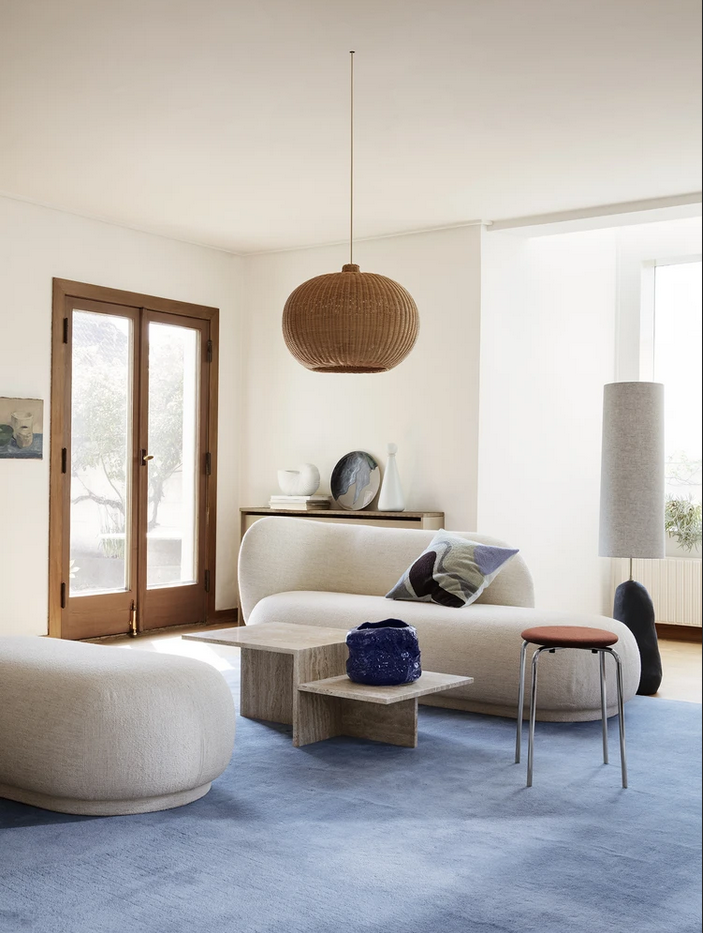
This trend mixes the cool, neutral colors of Scandinavian decor with the warmer, deeper tones of Japanese style. White, light gray, beige, and pale pink illustrate the soothing and soft atmosphere of Scandinavian interiors, while warmer colors such as terracotta, taupe, ochre, and camel refer to the imagination of traditional Japanese homes such as Minkas. The colors associated with the plant environment are used to pay tribute to the landscapes of Scandinavian countries and Japan such as Prussian blue, midnight blue to represent the rivers and the green of gray, the emerald green highlighting the vegetation.
Natural and durable materials
The materials used for Japandi are natural and authentic, such as light wood (oak, bamboo) or darker species such as teak or acacia wood. Yakisugi is particularly appreciated (burned wood from an ancestral Japanese method). Mineral materials (stone, metal, raw concrete, ceramic and other terracotta) and organic materials (paper, rattan, linen, hemp and cotton) are harmoniously mixed.
To help you in your shopping, the editorial staff has selected 8 pieces of furniture and decorative objects that made us fall in love:
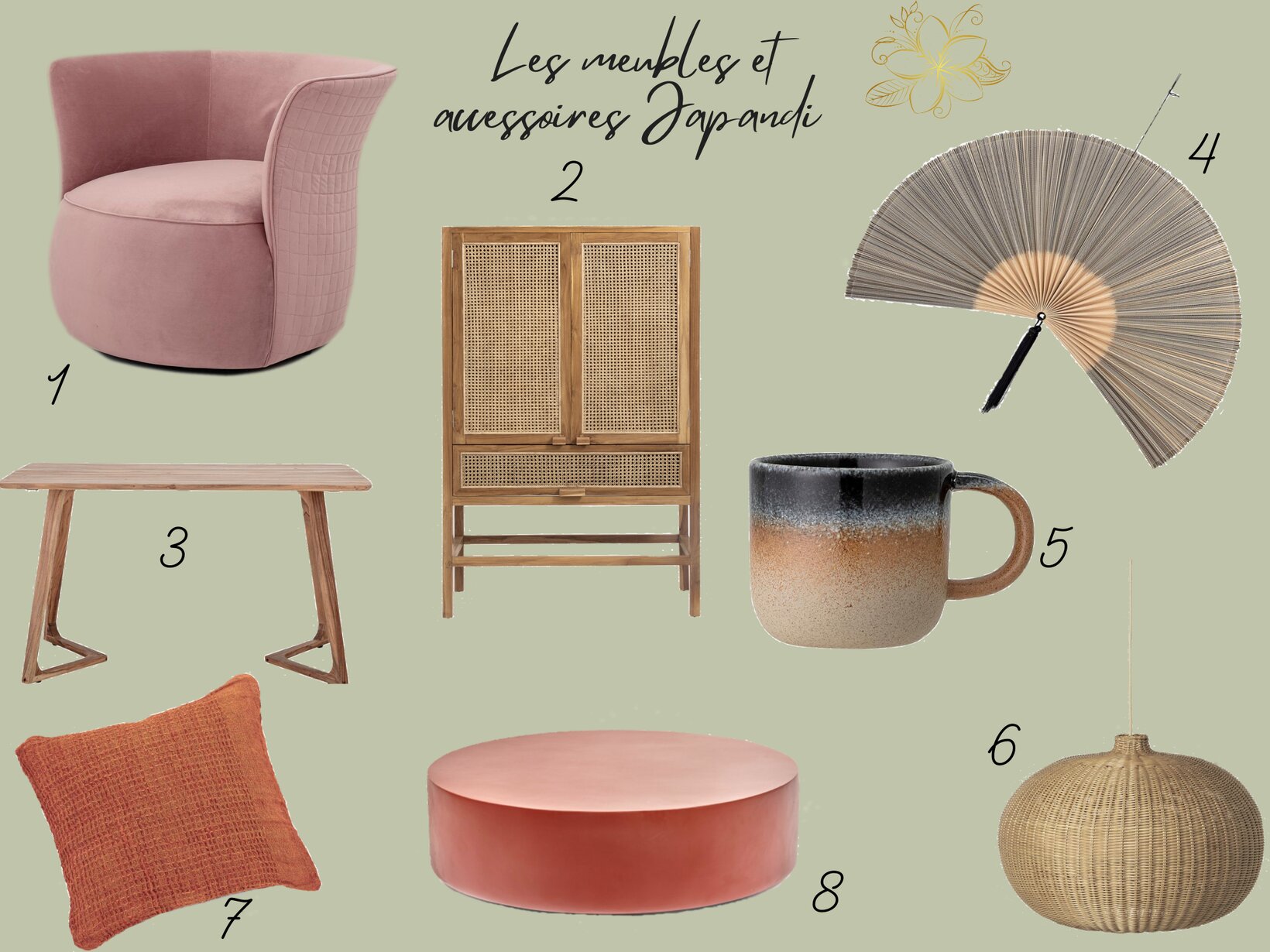
1. See life in pink with the sumptuous long chair. Round in shape with a feminine back and arms, it combines comfort with elegance.
2. To keep the Japanese spirit, we should add this tech wood cabinet to our interior. With its three doors and clean shapes, you can adopt the minimalist concept to store all your accessories with class and simplicity.
3. When creativity rhymes with simplicity, it gives an acacia wood table. It will awaken the Scandinavian side of the Japandi kitchen decor to brighten up your meals.
4. The Japandi wants to privilege few decoration. This japanese fan inciting to travel to Japan is thus perfect to add a touch of exoticism to your interior without cluttering it up too much.
5. Our favorite Japandi trendy material for cups? Porcelain. For your relaxing moments, there is nothing like drinking your coffee or tea with this chic and stylish mug!
6. Typical of Japandi decoration, this woven rattan lamp diffuses light softly thanks to its natural material. It invites us to serenity and spiritual zen in our living room as well as in our dining room.
7. In camel color, this beautiful cushion is ideal to decorate your sofa because it breathes a warm air in the whole room.
8. A carbon copy of the coffee tables we can find in Japanese homes, the terracotta coffee table is ideal for your living room. Simple and practical, this is the coffee table to adopt!
In Same Category
- Notre sélection des 5 meilleurs enceintes hi-fi sans-fil les plus design
- UMAGE : chic and responsible Scandinavian design
- Forestier, manufacturer of poetic lights between design and craft
- Three interior designers who inspire us
- Market Set, the French lighting manufacturer that wakes up our interiors

.jpg)
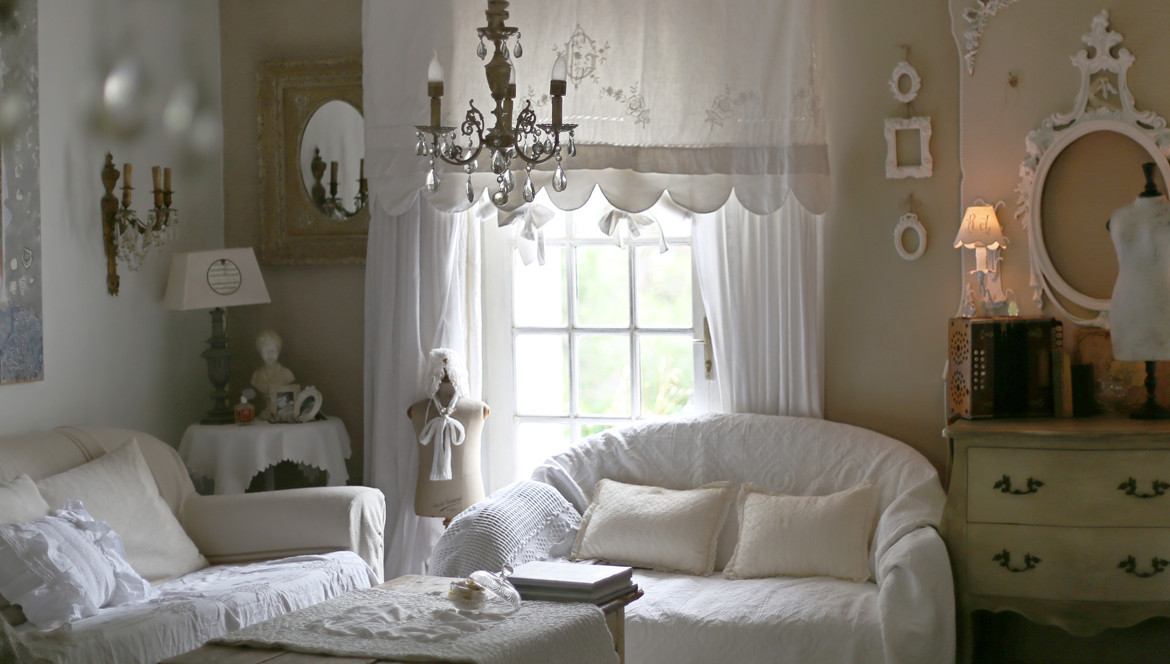
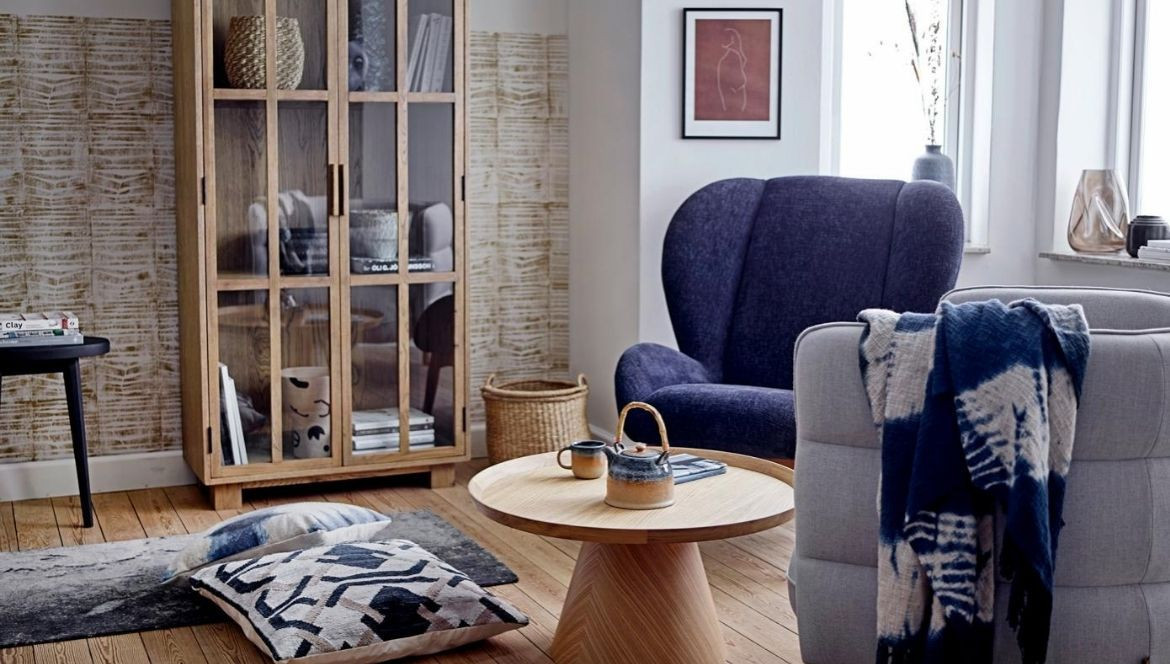

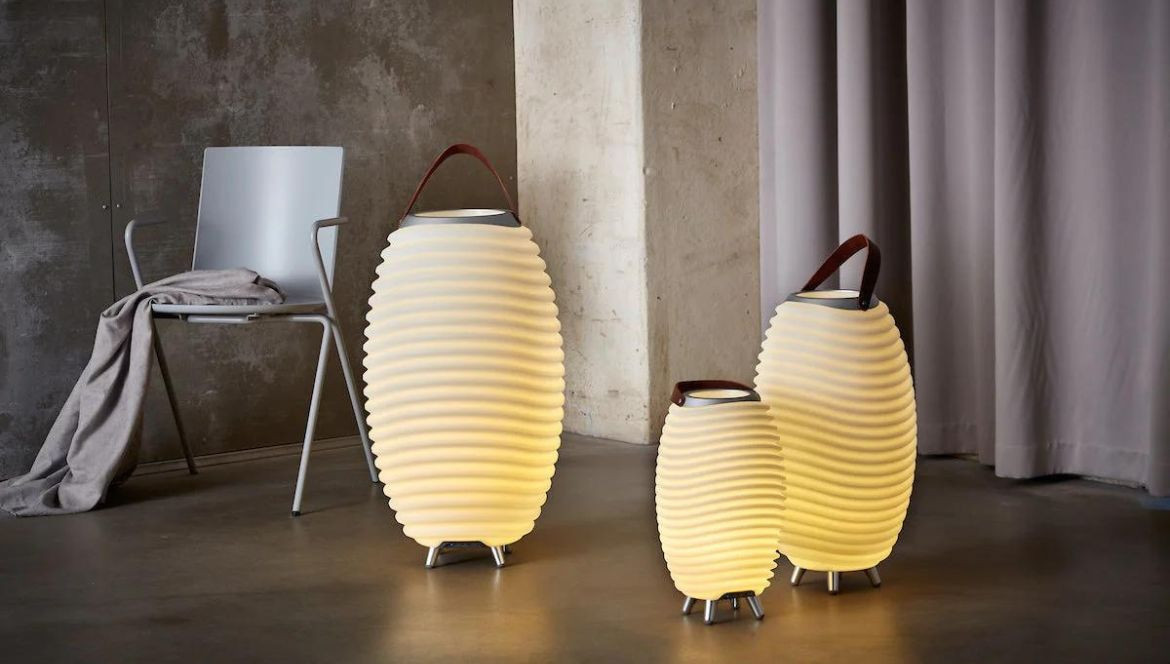
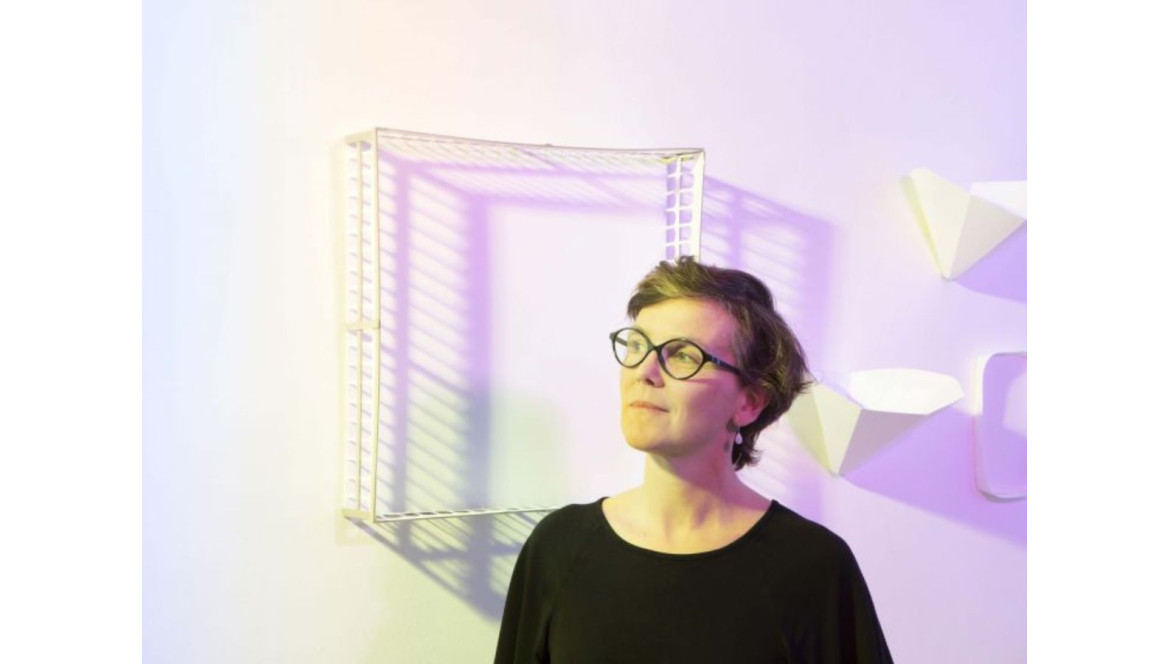
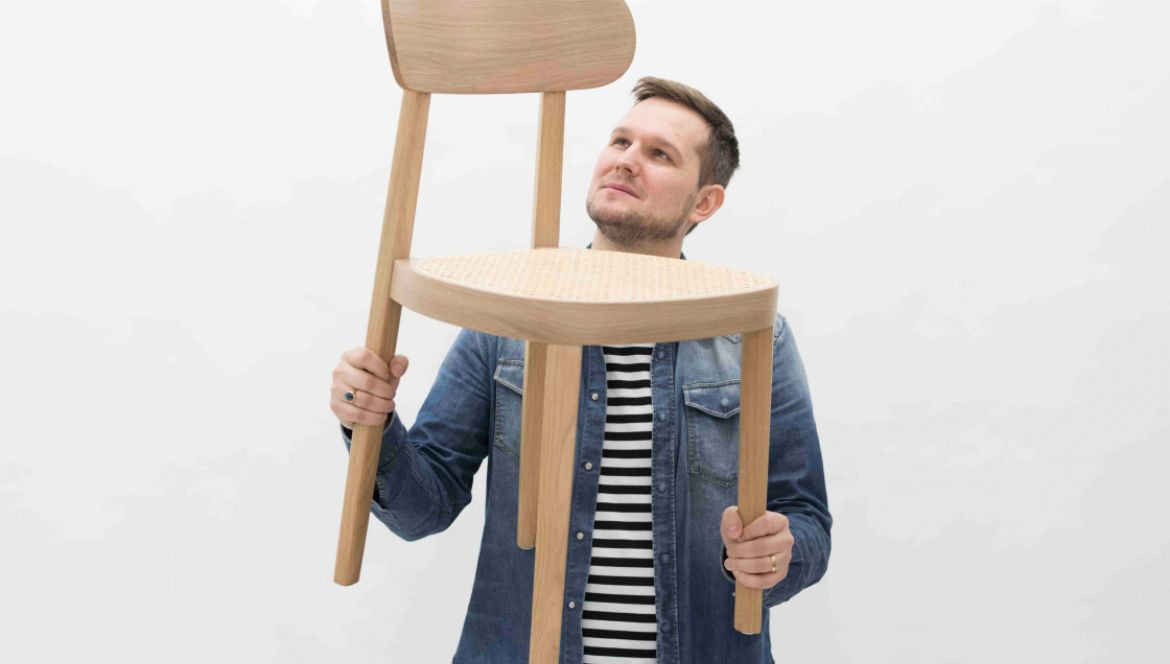

Comments
No comment at this time!
Leave your comment